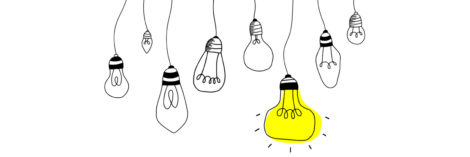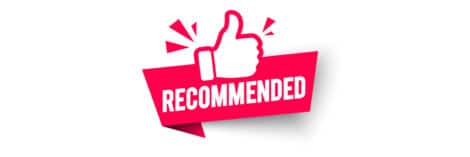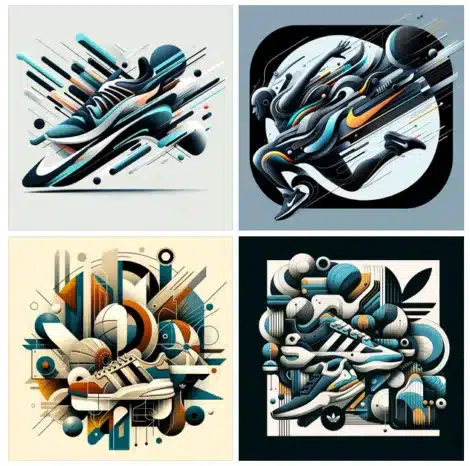Market research is essential for companies seeking to understand their target audience. Market research has traditionally been associated with quantitative methods such as surveys. But other, more creative techniques can provide richer insights.
Do you have a market research project in mind? Get in touch with us!
Why conduct market research creatively?
At first glance, “creativity” and “market research” might seem contradictory. After all, isn’t market analysis supposed to be rigorous? Here, it’s creativity in methodological approaches that I’m advocating. I want to open your eyes to the potential added value of alternative techniques.
However, creativity in market research is also about looking beyond the numbers and interpreting data in new ways. I want to examine how data can be analyzed to reveal previously unknown aspects of consumer psychology.
3 advantages of creative techniques
Depth of insight
Creative techniques can reveal emotions, motivations, and barriers that are not always evident with quantitative methods. In particular, they can make it easier for respondents to express complex thoughts, especially when emotionally charged.
Participant commitment
Creative methods can be more engaging for participants, leading to richer, more nuanced data. In Design Thinking workshops, participants are often cheerful, engaged, and very willing.
Flexibility
Creative techniques can be adapted to suit the specific needs of the research, offering greater flexibility in data collection.
7 creative techniques to apply to market research
Creative focus groups
In place of a structured focus group, creative focus groups encourage participants to use artistic materials, such as paintings or sculptures, to express their opinions and feelings about a product or brand. There is a rich literature on using collages to express a brand’s universe.
I applied this method with remarkable success during creative focus groups. Each respondent was given a stock of images to express their vision of the brand. It’s an especially useful projection exercise, providing concrete visual support for the discussion. A word of advice, however: make sure you allow enough time for this type of focus group. The exercises require more time than a traditional focus group.
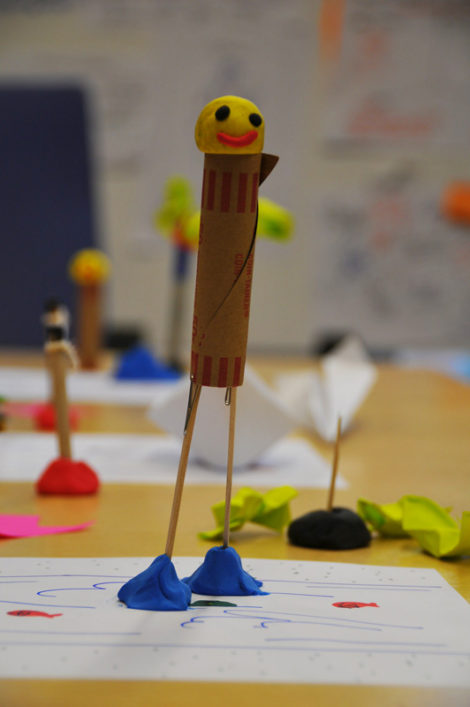
Using generative AI
Generative AI can be used as an aid to creativity. For example, I used these tools to create imaginary Louis Vuitton bags. As part of market research, generative AI can produce representations of brand universes and submit them to respondents. You can also use tools like Midjourney or Dall-E to produce alternative logos for an awareness survey.
Using visual aids in semi-structured interviews
Semi-structured interviews can be enriched by visual approaches in highly emotional contexts, such as research into customer dissatisfaction, complaints, and churn. The interviewer can use images to help the respondent identify their feelings. For a telephone operator, for example, I remember using the images below to ask them to identify their state of mind concerning customer service. This method is enormously powerful because, once again, it provides a concrete basis for further discussion.

I have also repeatedly applied Prof. Zaltman’s metaphor elicitation technique by asking respondents to answer questions using images. However, this is a much more complex method reserved for highly experienced interviewers. It is useful when the company seeks creative solutions to a given problem.
Journaling
In the context of market research, journaling is a qualitative method for continuously and introspectively capturing people’s experiences. Diaries must be kept regularly and include entries that relate emotions, beliefs, interpretations, interactions, events, and activities to constitute empirical data.
Qualitative researchers use diaries and journals in two main ways: as data collection tools and as data in themselves. In other words, researchers can explicitly ask people to keep diaries or collect diaries kept on their initiative by individuals. These data are usable in various research strategies, such as fieldwork, unstructured, semi-structured, structured interviews, action research, evaluative research, textual analysis, and case studies.
Customer experience mapping
This technique involves mapping the customer’s journey from awareness to purchase and identifying touchpoints, obstacles, and moments of truth.
The various “touchpoints” can be identified differently, enabling you to reconstruct a customer experience path like the one below. As you can see, this customer experience mapping has also enabled us to model the evolution of customer satisfaction. It’s a creative use of the various insights gleaned from market research.
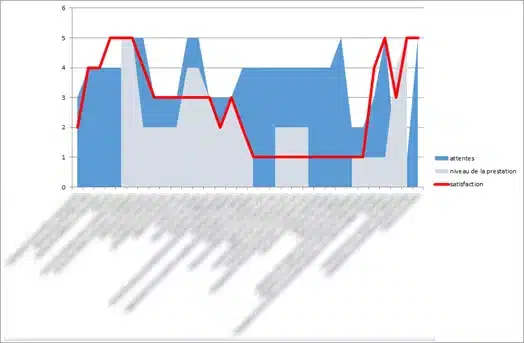
Photography and Videography
Asking participants to take photos or videos of their interaction with a product or service can provide valuable visual insights into their experience. This technique can complement “journaling” since it also involves recounting the daily use of a product or service.
This approach is useful when developing a new product or service. You can give functional prototypes to a range of people so that they can contribute to its improvement.
Co-creation workshops
Involving customers in the creation process can generate innovative ideas and offer insight into consumers’ wants. Design thinking workshops, for example, can be an interesting approach. Participants use different techniques to identify problems, imagine solutions, and prototype them.
Conclusion
Adopting creative techniques as part of market research can offer companies deeper, more nuanced insights into their target audience. While traditional methods remain essential, integrating creative methods can enrich a company’s understanding of its customers, leading to more informed decisions and greater commercial success.
Posted in Marketing.
